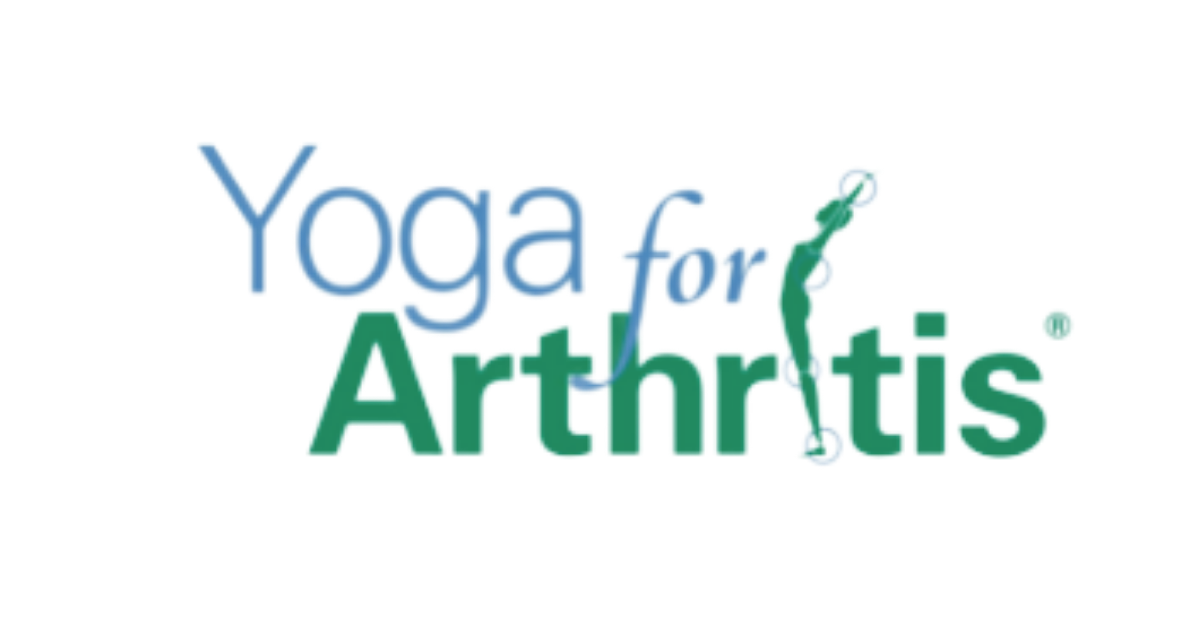Thigh Muscle Strength Predicts Knee Replacement Risk
Knee osteoarthritis (OA), the most prevalent form of OA in adults over sixty years old, is associated with “considerable pain, reduced physical function, and impaired quality of life” [1]” and, ultimately, over 600,000 knee replacements in the US annually. The health and economic burdens of surgically treating OA highlight the need to identify predictors, risks and comprehensive treatments for knee OA, beyond surgery. This article fills a gap in the research, which has historically focused on pain as a main predictor of knee replacement. This study proposes the importance of thigh strength as a factor in predicting the risk of undergoing total knee replacement (TKR).
Researchers examined data from a longitudinal study of people age 45-79 with or at risk of knee OA. From this larger study, researchers selected participants who had thigh strength measurements taken at regular intervals over the course of the four-year study. The researchers then compared those who at some point reported receiving a total knee replacement (TKR) with those who had not received a TKR during the same time period.
Participants between the groups were “matched” on similar characteristics including, but not limited to-age, BMI, pain and disease severity. Researchers then compared thigh strength changes over time, between the two groups, and how those changes in strength corresponded to the incidence of knee replacement.
Results of the study show that thigh strength is able to predict the risk of undergoing TKR in women. Specifically, women with lower thigh strength are also more likely to undergo knee replacement surgery.
This study is important in identifying a predictor of knee replacement surgery that may be directly influenced by the individual. For exercise instructors, such as yoga teachers, this research highlights the importance of including exercises that focus on strengthening the thigh muscles. For students, it shows the importance of participating in safe, effective activities that provide life-long opportunities for thigh strengthening.
Summarized by: Dana Halkowski, MA, RYT-200, Level I Yoga For Arthritis Instructor
The original article can be found in PubMed HERE.

